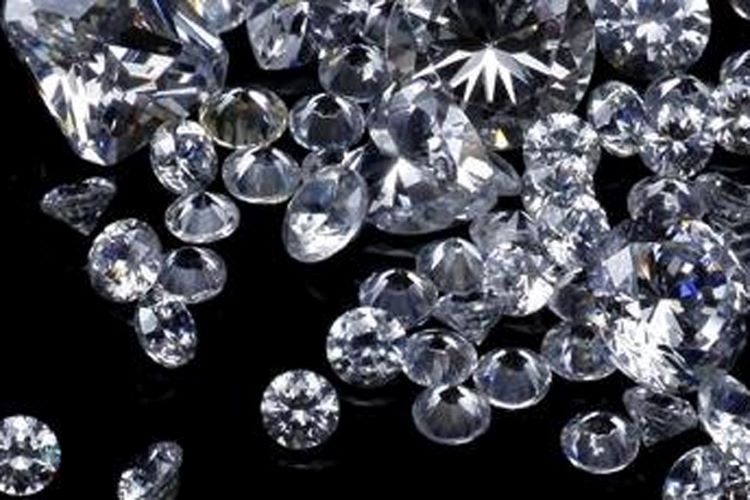Why buy costly natural diamonds as against inexpensive synthetic ones

Shefali Verma
You have probably heard about lab-grown diamonds if you follow the jewelry, gemstones, or luxury industries in any manner. You might be considering avoiding natural diamonds due to claims of improved sustainability and reduced prices, but read on first.
While it is true that these synthetic jewels can be manufactured reasonably sustainably (although not all of them can) and are cheaper than natural diamonds, it is also essential to keep in mind that things that appear too good to be true generally are. With reputable diamond miners investing in improving their environmental credentials, the sustainability angle is not as strong as it may be with lab-grown producers because lower prices equal dubious investments.
Amidst the vast choices in the gemstone world, natural diamonds emerge as timeless treasures, embodying elegance and beauty beyond compare. With unrivaled brilliance formed over eons, they signify enduring love and commitment. Choosing natural diamonds is an homage to nature’s artistry, supporting ethical practices and sustainable mining. Their rarity and uniqueness mirror the individuality of each wearer, adding sentimental value to life’s special moments. Trustworthy certifications ensure their authenticity and origin, fostering confidence in the investment. Sparkling like stars from Earth’s depths, these precious gems empower consumers to cherish a symbol of nature’s grace, carrying forward a legacy of unmatched allure. Some more reasons are:
Natural diamonds are Geological wonders of nature
The history of natural diamonds is likely to pique your curiosity if you have a passion for geology, history, or the natural world. Between 90 million and 3 billion years ago, 400 miles below the earth’s surface, diamonds began to form. Diamonds were ejected closer to the Earth’s surface during volcanic eruptions after the crystals were created when carbon was subjected to extreme heat and pressure. Every time, picturing this journey and wearing a piece of prehistoric history outweighs learning about a rock’s formation in a sterile laboratory.
These are an improved investment
The cheaper rates that lab-grown diamonds provide are alluring, but real diamonds are the better option if you want to spend your money wisely.
In buying these you assist mining communities
While it may appear that the straightforward solution to worries about environmental harm and human welfare is to prohibit all mining, this is a far more complex debate. Ten million people depend on the earnings generated by the diamond mining sector worldwide, frequently in areas with scant other sources of income. If mining were to disappear, these communities would lose their source of income. Instead, look for a jeweler who can explain the history of your diamonds and how they have enhanced rather than harmed people’s lives.
Shefali Verma is Founder, House Of Goldsmith

